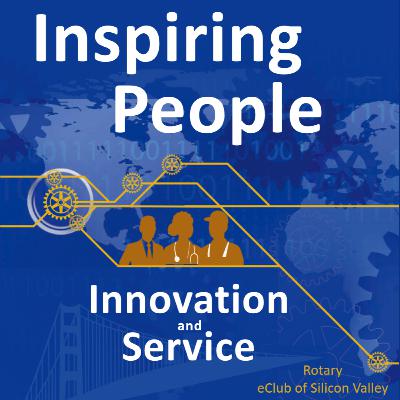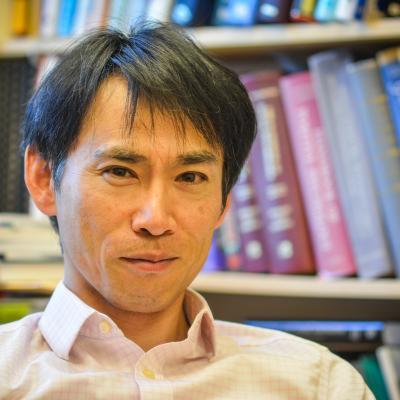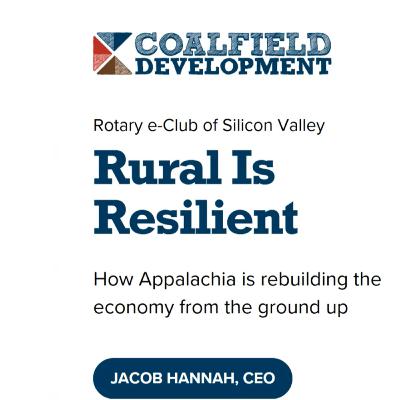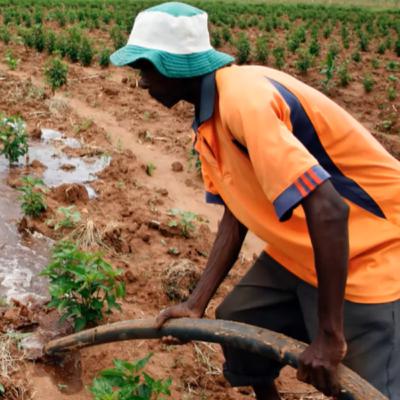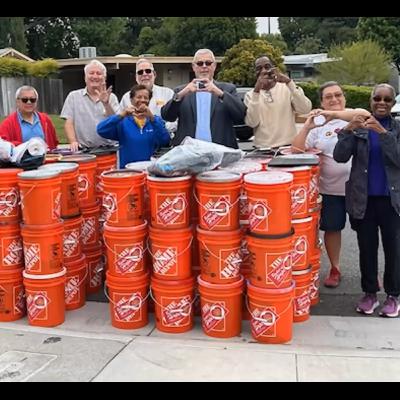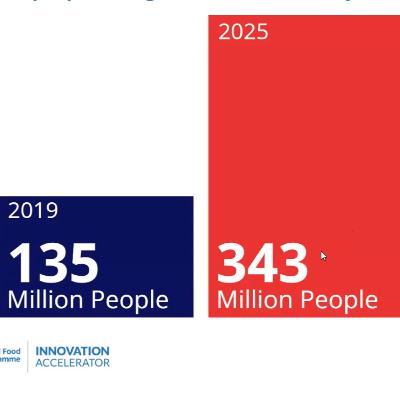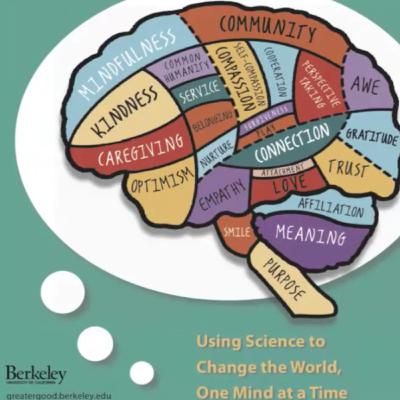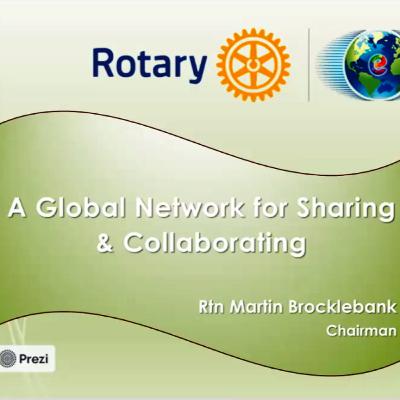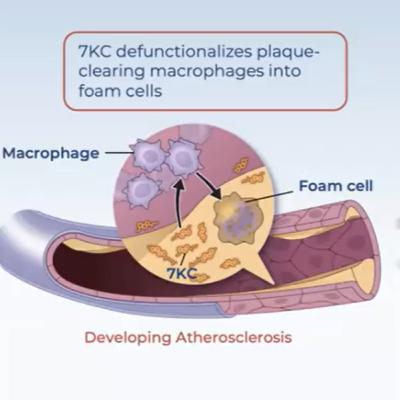119. Atmospheric Water Harvesting
Description
Approximately two billion people worldwide lack access to clean drinking water, negatively impacting national security, hygiene, and agriculture.
Atmospheric water harvesting (AWH) is the conversion of ambient humidity into clean water; however, conventional dehumidification is energy-intensive. Improvement in AWH may be achieved with elastocaloric cooling, using temperature-sensitive materials in active thermoregulation.
Potential benefits, compared to conventional desiccant wheel designs, include substantial reductions in energy use, size, and complexity. Elastocaloric cooling is a promising advancement in dehumidification, making AWH more economical and feasible.
John LaRocco is part of the Les Wexner Medical Center at The Ohio State University, and is an accomplished neural engineer, artificial intelligence specialist, and independent researcher with a diverse international background. He has worked on projects spanning automation, AI, medical technology, forensics, archeology, and magazine publishing. He worked with Prof. Qudsia Tahmina and John Simonis to develop a range of prototypes, including an elastocaloric water harvester.
Qudsia Tahmina is an Associate Professor in the Department of Electrical and Computer Engineering at The Ohio State University at Marion. She earned her Ph.D. in Electrical Engineering from the University of Wisconsin-Milwaukee in 2016. Dr Tahmina’s research spans digital signal processing techniques to improve speech intelligibility and auditory prosthetics such as cochlear implants, secure embedded systems and brain-computer interfaces using EEG for non-verbal communication. She also investigates machine toolchain algorithms, speech synthesis, and collaborates with medical schools on behavioral clinical trials and biomedical research. Committed to educational excellence, she has expertise in outcomes assessment and ABET accreditation processes and was honored with a teaching award in 2024 for her dedication to student success.
To read their peer-reviewed paper on this topic, go to:
https://www.mdpi.com/2227-7080/12/10/178

